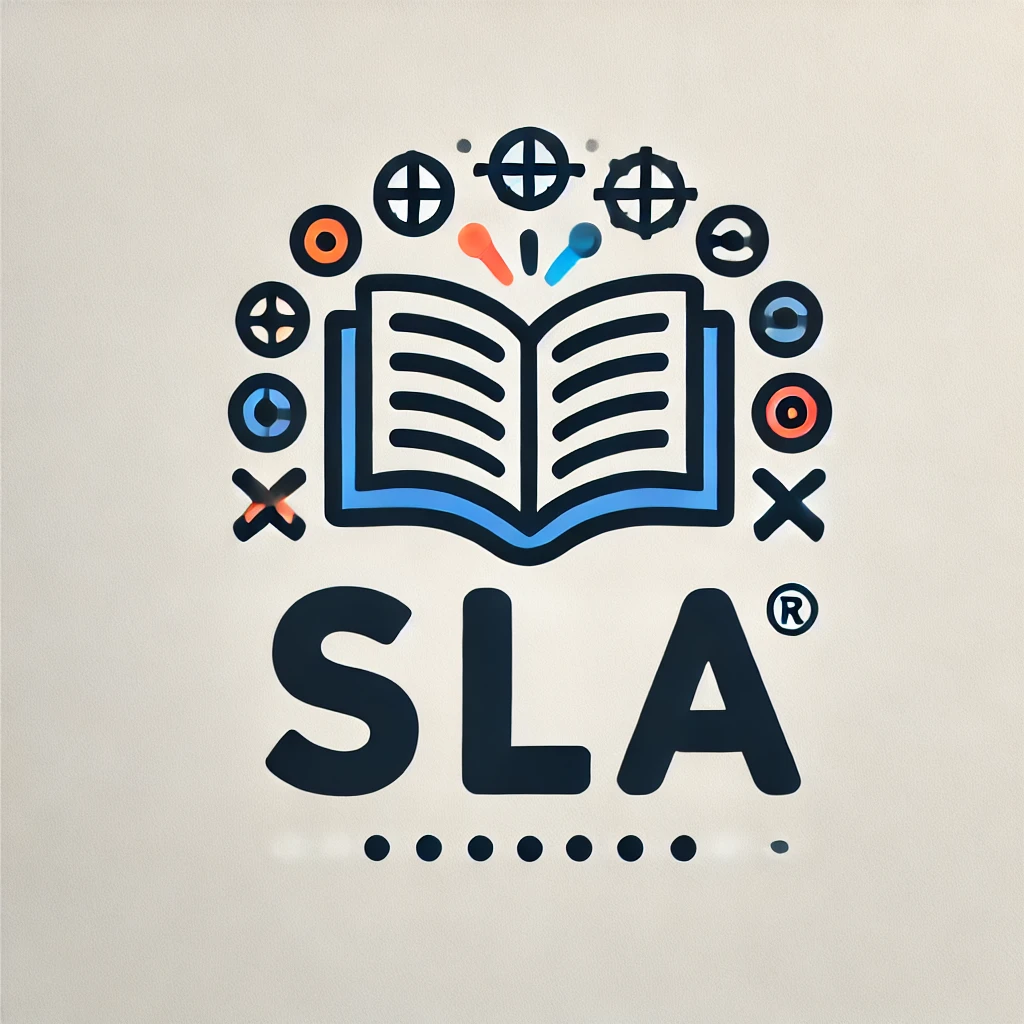How Do Learners Negotiate Meaning In Language Acquisition?
How do you navigate the complexity of language acquisition and negotiate meaning effectively as a learner? Let’s explore the various strategies and techniques learners can use to enhance their understanding of a new language.

This image is property of images.unsplash.com.
Understanding the Importance of Negotiating Meaning
Negotiating meaning is a crucial aspect of language acquisition as it involves conveying and interpreting messages accurately between individuals. It is the process of ensuring that both the speaker and the listener share a common understanding of the message being communicated. By actively engaging in meaning negotiation, you can clarify any misunderstandings, fill in knowledge gaps, and ultimately enhance your language learning experience.
Contextual Cues in Language Acquisition
Context plays a vital role in helping learners negotiate meaning in language acquisition. By paying attention to the context in which a message is delivered, you can infer the meaning of words or phrases that are unfamiliar to you. For example, if someone says, “I’m feeling under the weather,” you can gather from the context that they are not feeling well, even if you are unfamiliar with the idiom.
Clarifying Ambiguity Through Paraphrasing
One effective strategy for negotiating meaning in language acquisition is paraphrasing. When you encounter ambiguity or confusion in a conversation, try restating or summarizing what the speaker said in your own words. This can help clarify any misunderstandings and confirm that you have understood the message correctly. Additionally, paraphrasing allows the speaker to validate your interpretation of their message, leading to clearer communication.
Nonverbal Communication Cues
Nonverbal cues, such as body language, facial expressions, and gestures, can provide valuable insights into the speaker’s intended meaning. By observing these nonverbal cues during a conversation, you can decipher the emotions, attitudes, and intentions behind the words being spoken. This can help you better understand the message and facilitate effective communication between you and the speaker.

This image is property of images.unsplash.com.
Asking Questions for Clarification
Asking questions is a proactive way to negotiate meaning in language acquisition. If you encounter unfamiliar words, phrases, or concepts during a conversation, do not hesitate to ask the speaker for clarification. By seeking clarification, you demonstrate your interest in understanding the message accurately and create an opportunity for the speaker to provide further explanation. Asking questions can also help you fill in knowledge gaps and expand your vocabulary in the target language.
Utilizing Visual Aids and Contextual Examples
Visual aids and contextual examples can be powerful tools for negotiating meaning in language acquisition. By incorporating visual aids, such as images, charts, or diagrams, into your language learning activities, you can enhance your understanding of complex concepts and reinforce vocabulary retention. Contextual examples, such as real-life scenarios or anecdotes, can also help you connect new words and phrases to their practical applications, making learning more engaging and effective.

This image is property of images.unsplash.com.
Collaborative Learning and Peer Interaction
Engaging in collaborative learning and peer interaction can greatly facilitate the negotiation of meaning in language acquisition. By working with classmates, study partners, or language exchange partners, you can practice conversational skills, receive feedback on your language proficiency, and learn from others’ perspectives. Collaborative learning environments foster a supportive and interactive approach to language acquisition, allowing you to exchange ideas, ask questions, and enhance your communication skills.
Enhancing Listening Skills Through Active Engagement
Active listening is a fundamental skill for negotiating meaning in language acquisition. By actively engaging in listening activities, such as watching videos, listening to podcasts, or participating in conversations, you can improve your comprehension and interpretation of spoken language. Pay attention to intonation, stress patterns, and pauses in speech to decipher the speaker’s intended meaning accurately. Practice active listening regularly to hone your listening skills and become a more effective communicator in the target language.
Reflecting on Language Use and Cultural Context
Reflecting on language use and cultural context is essential for negotiating meaning in language acquisition. Consider how language is influenced by cultural norms, values, and customs, and how these factors impact communication between individuals. By gaining insights into the cultural context of the target language, you can develop a more nuanced understanding of language use and adapt your communication style accordingly. Reflect on your own language interactions and cultural experiences to enhance your cross-cultural communication skills and deepen your linguistic proficiency.
Overcoming Language Barriers and Miscommunication
Language barriers and miscommunication are common challenges in language acquisition, but they can be overcome with effective negotiation strategies. Be patient and persistent in your efforts to communicate with others, even if you encounter difficulties or misunderstandings. Seek opportunities to practice your language skills, seek feedback from native speakers, and continue learning and growing as a language learner. By embracing challenges and actively negotiating meaning, you can overcome language barriers and enhance your language proficiency over time.
Conclusion
Navigating meaning in language acquisition is a dynamic and multifaceted process that requires active engagement, critical thinking, and effective communication skills. By leveraging contextual cues, clarifying ambiguity, utilizing nonverbal communication cues, asking questions, and incorporating visual aids, you can enhance your language learning experience and deepen your understanding of the target language. Reflect on your language interactions, overcome language barriers, and embrace opportunities for collaborative learning to become a more proficient and confident language learner. Keep negotiating meaning, exploring new linguistic horizons, and expanding your cultural awareness to achieve fluency and mastery in your language acquisition journey.

